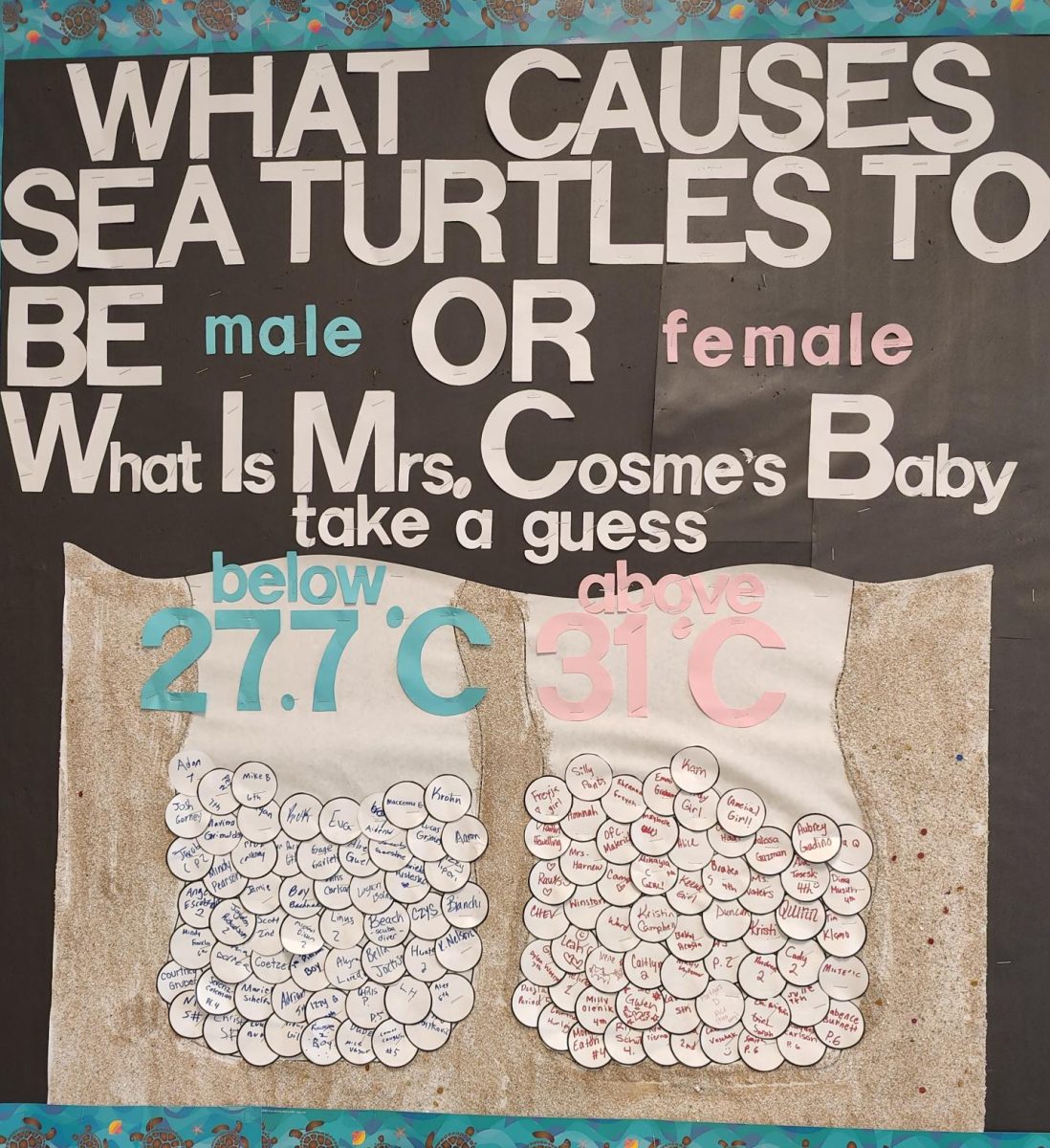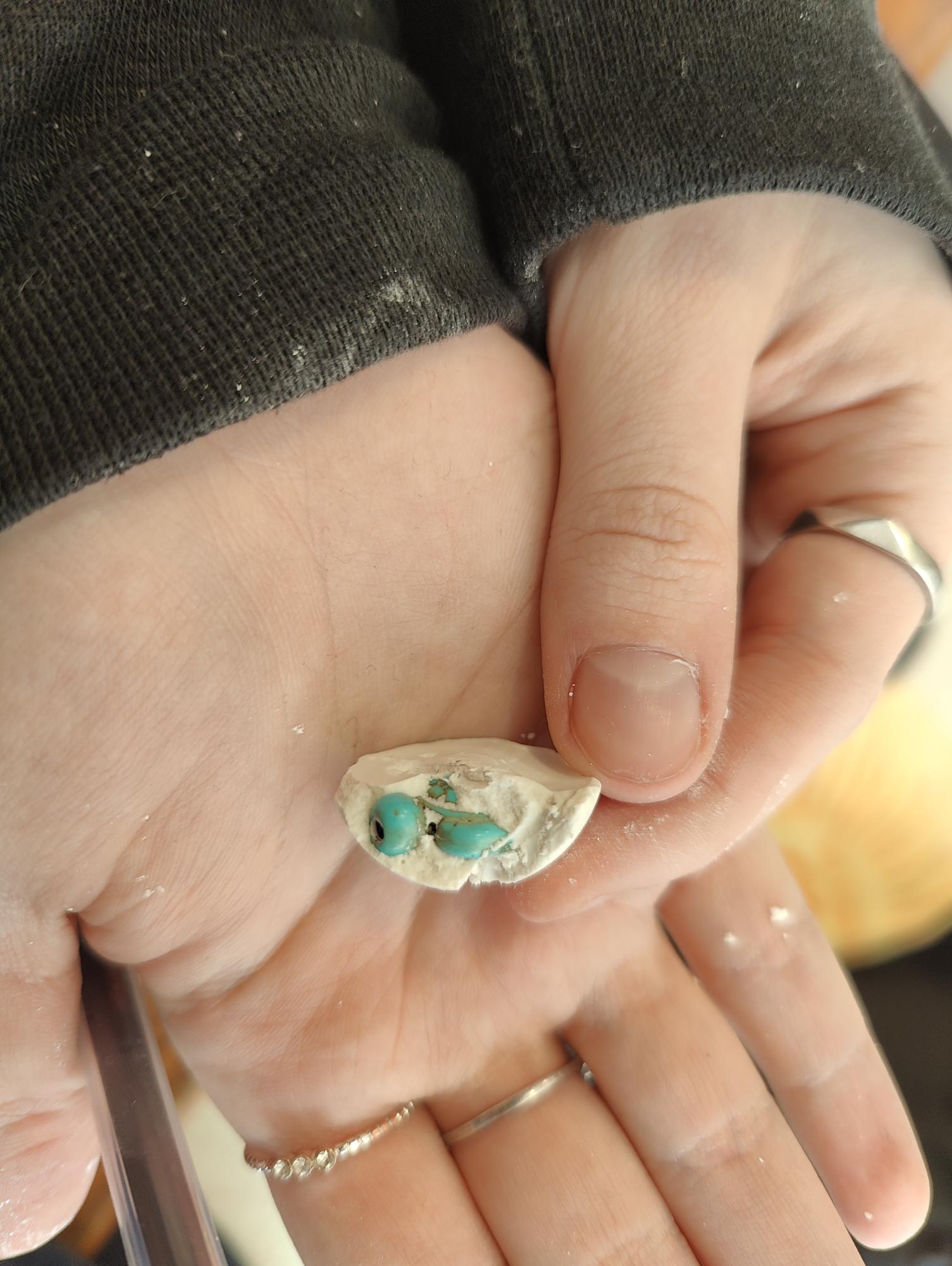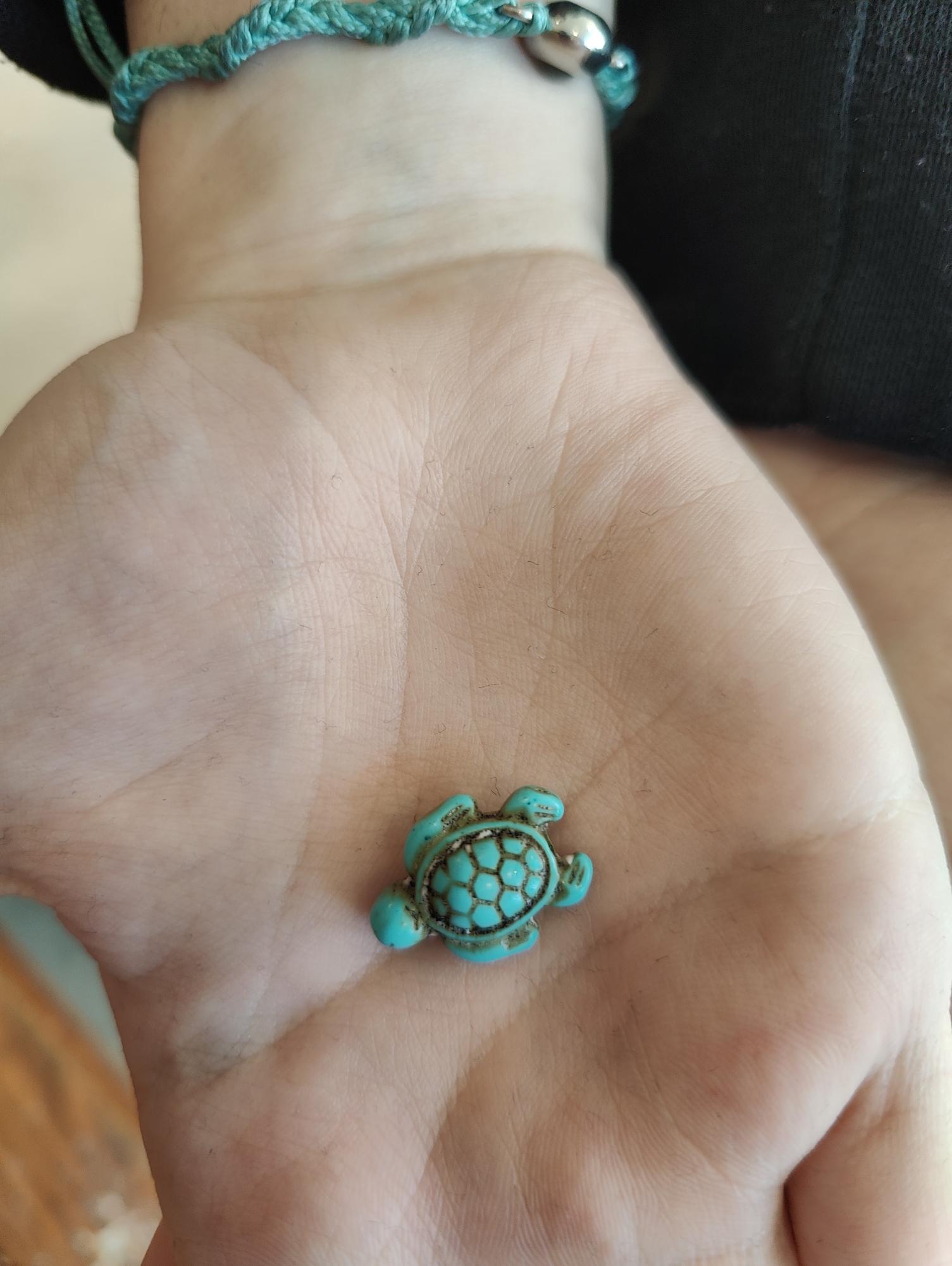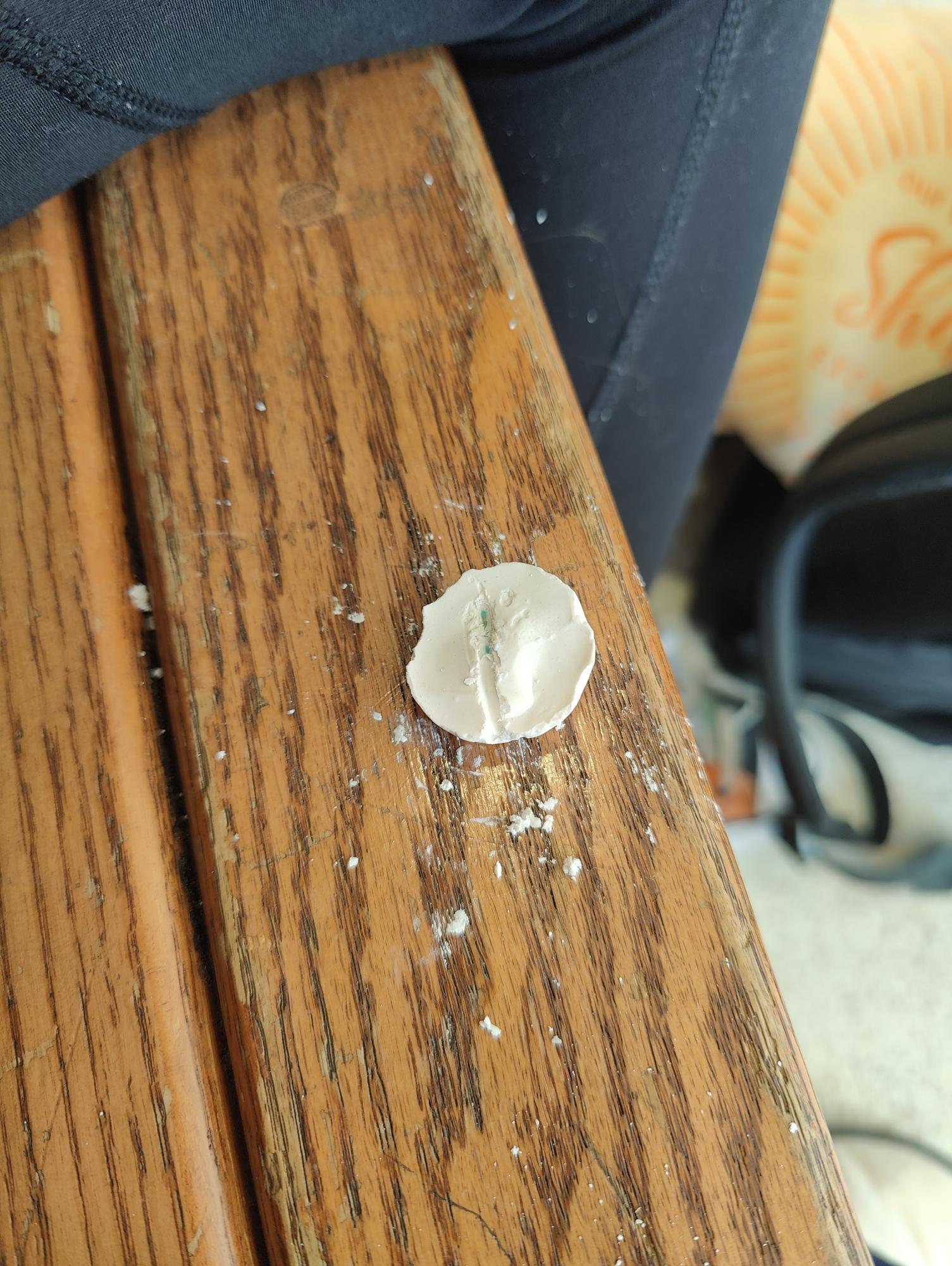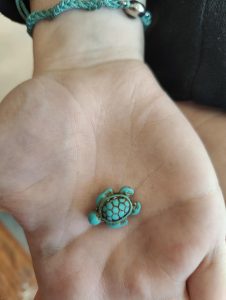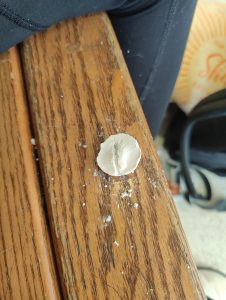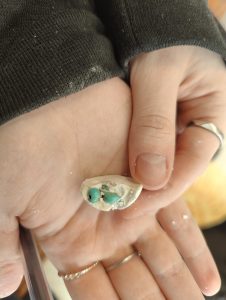What causes Sea Turtles to be male or female? There are several things that can cause Sea Turtles to be a different gender but one reason sticks out.
In the article “How Do Sea Turtles Hatch?” they state that the average Sea Turtle mother can lay up to 65 to 180 per nest. They typically lay two to eight nests per season. On average, sea turtles lay their eggs every two to three years. When they lay their eggs in the sand, they incubate for roughly 60 days.
When the mother puts the eggs in the sand they start to form their genders. If the sand is below 27.7 Celsius then the turtles are male. If the sand is above 31 Celsius then the eggs are female. The temperature of the sand helps determine the majority gender for the new born turtles in the wild.
A few days ago Mrs. Cosme, a science teacher here at our school, did a fun experiment with her student’s involving Sea Turtle babies. Mrs. Cosme wanted to show a correlation to Sea Turtles and her very own pregnancy.
Mrs. Cosme said, “This has been a fun way for students to learn about how temperature determines genders in the wild, and for them to take part in my pregnancy because I will be pregnant for almost the entire school year.”
She made her students vote on what they thought the gender of her baby would be. She did this by having them take a small white circle and had them write their names on it. Once her students did this, she stapled them to the side in which her students chose. The class was very split on the vote for the gender of the baby.
After this, she took mini white solid eggs and gave them to her students to crack open. Inside of the egg there was either a blue or pink turtle to reveal the gender of her very own baby. As they cracked them open there were mini blue Sea Turtles which showed she was having a little baby boy.


